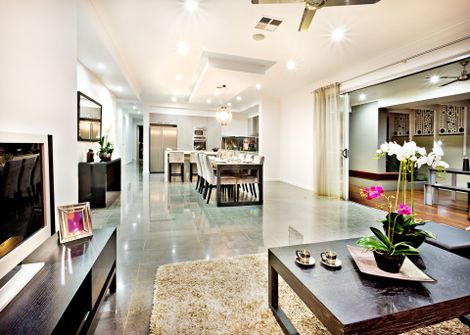Tile & Stone Flooring
When it comes to tile and stone flooring, the design options are endless. Tile and stone is the perfect choice for affordable and beautiful flooring.
Sam’s Flooring
has a wide variety of options, including porcelain, ceramic, luxury, and natural stone tiles. Tile & stone flooring is a great option for rooms where carpet or hardwood are not ideal. Tile is a durable and long-lasting flooring solution that homeowners can use beyond kitchens and bathrooms. Visit our location today for expert tile installation advice from our friendly team. We have many options to turn your home into your ideal space that you have always wanted.
types of tile & stone flooring
Wall tile
This type of tile is less durable than tile designed for flooring. It is glazed with a semi-gloss or matte surface and has a low slip resistance.
glazed ceramic tile
The glazing of the tile makes it stain and water resistant while giving it a unique appearance.
porcelain tile
This tile can withstand heavy foot traffic and is highly resistant to moisture, staining, and wear.
brands we carry
Click on the links below to learn more!

